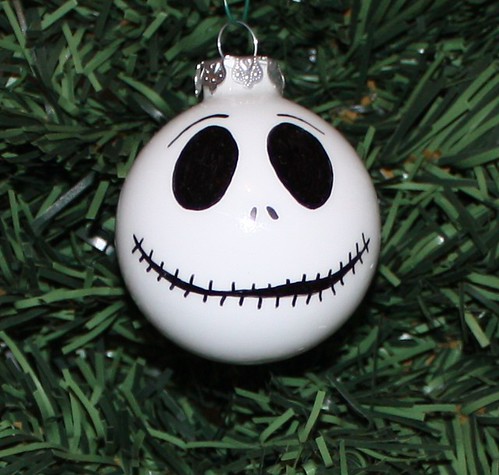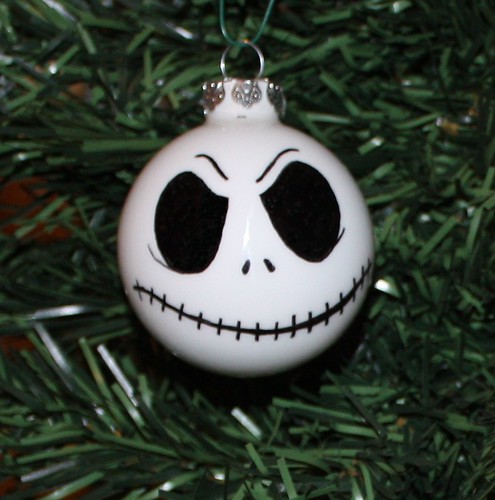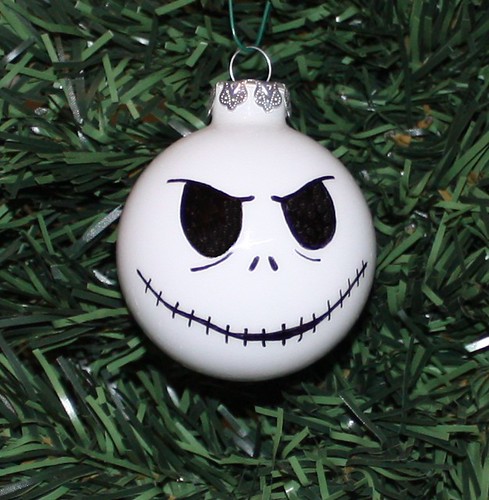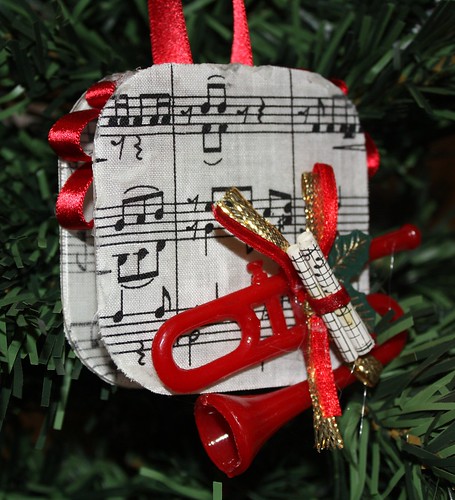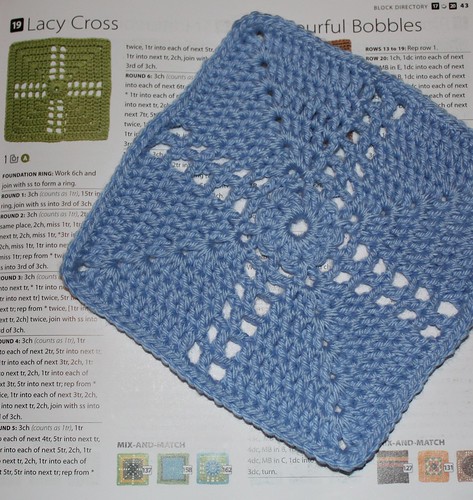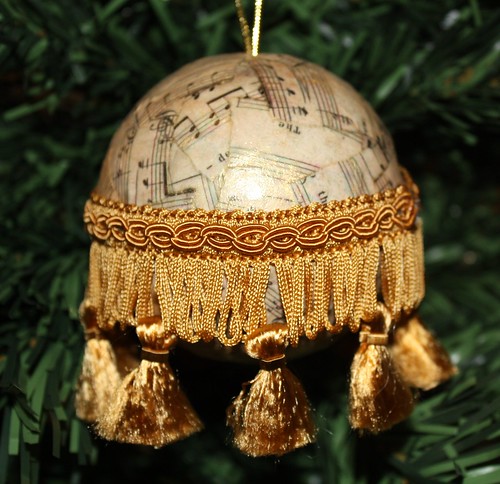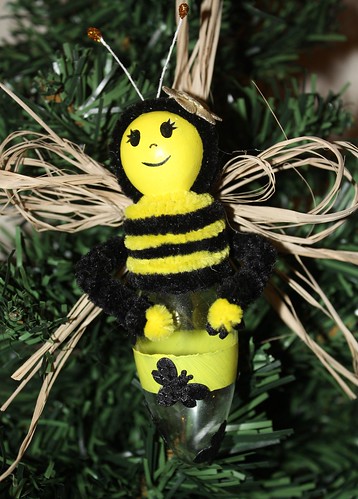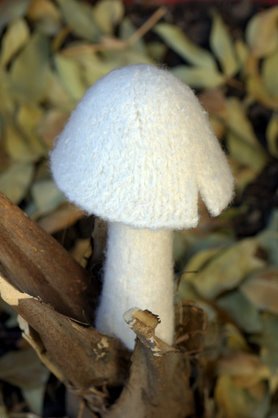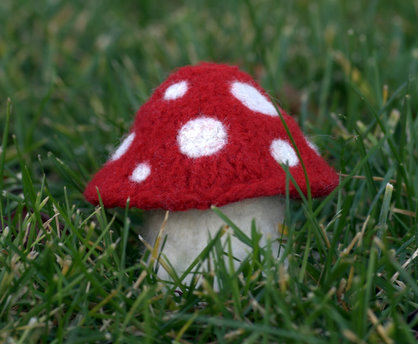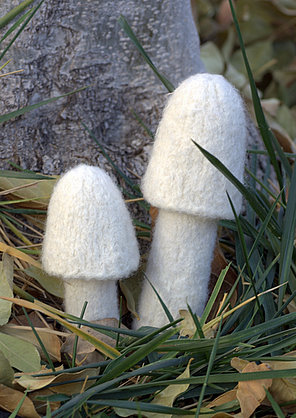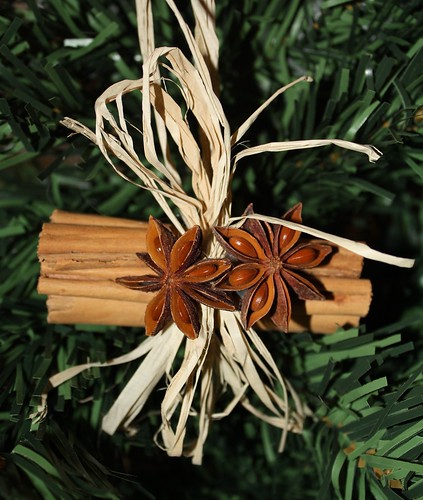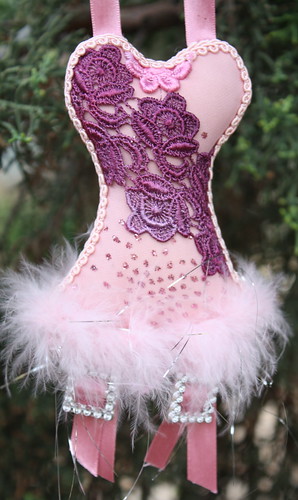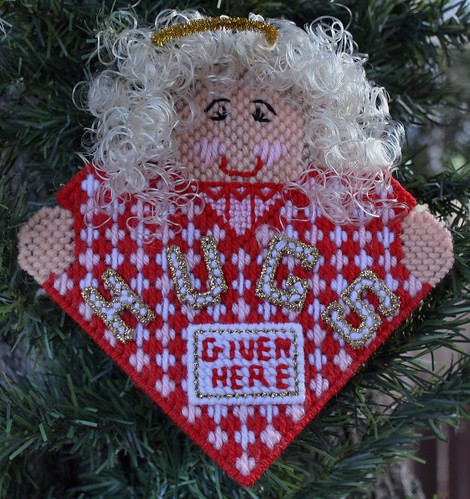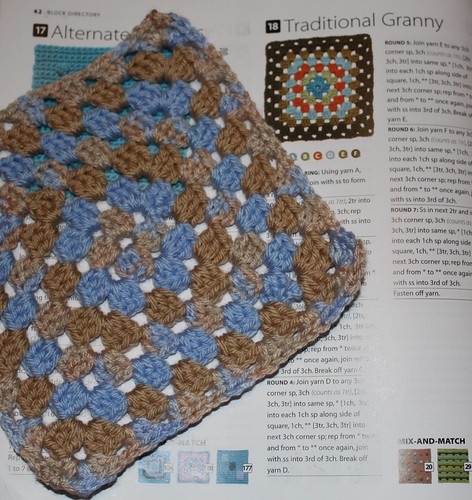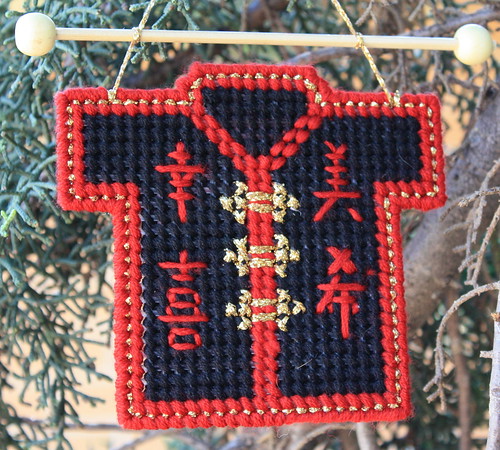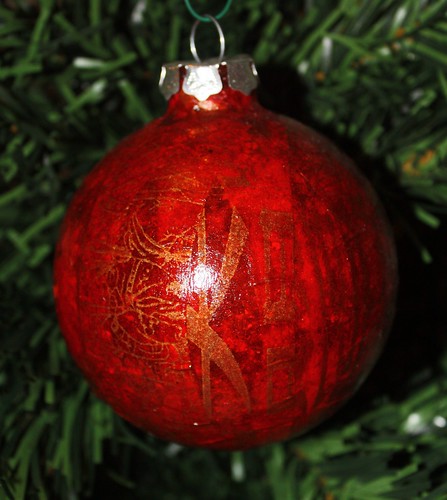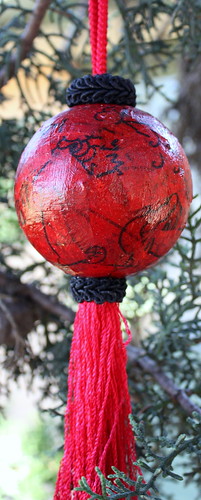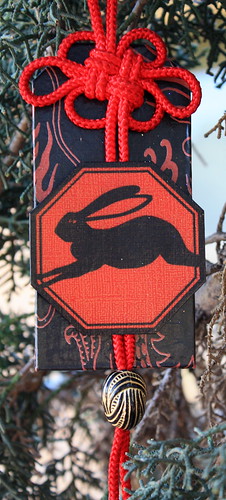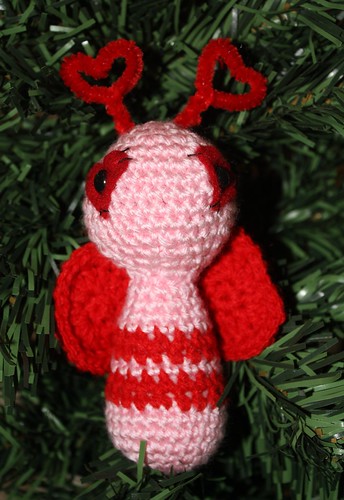
MATERIALS:
Small amounts of 8 ply yarn in pink and red
4 mm Crochet Hook (US G/6)
2 Safety eyes or buttons for eyes
Small amount of red felt
1 red pipe cleaner
Nylon stocking
Polyfill stuffing
PVC Pellets or other plastic beads
Craft Glue
Black thread (either regular or preferably, embroidery)
Tools:
Sewing needle
Happy Valentines Day!
This was not at all the project I had planned for today, but the crochet bug has well and truly bitten me, and this love bug was too adorable I couldn't resist.
The original pattern can be found
here, and downloaded in PDF format if you prefer.
GAUGE AND FINISHED SIZE: Gauge is not important. Just make sure you make it tight enough so the stuffing doesn’t poke or show through. The Love Bug is about 4 inches tall when complete, not including his love-antennae.
ABBREVIATIONS:
“in loop” = in the adjustable ring
sc = single crochet
dc = double crochet
sl st = slip stitch
st or sts = stitche(s)
sc2tog (sc decrease)= Insert hook into st and draw up a loop. Insert hook into next st and draw up a loop. Yarn over, draw through all 3 loops on hook.
Invdec (invisible decrease) = Like a regular decrease (sc2tog), but work through the front loops only: Insert hook into front loop only of next stitch and draw up a loop. Insert hook into front loop only of next stitch and draw up a loop. Yarn over and pull through all 3 loops on hook. Makes your decreases prettier.
All rounds are worked continuously in a spiral; do not join or turn at the end of rows.
HEAD:
First, cut 2 small hearts out of the red felt. Poke a little hole in the center to push the safety eye through when ready to attach.
Start with an adjustable loop
Round 1: 6 sc in loop
Round 2: 2 sc in each sc around - 12 scs
Round 3: *2 sc in next sc, 1 sc in next sc; repeat from * around - 18 scs
Round 4: *2 sc in next sc, 1 sc in each of the next 2 sc; repeat from * around - 24 scs
Round 5: *2 sc in next sc, 1 sc in each of the next 3 sc; repeat from * around - 30 scs
Round 6: Work 4 rows even (Sc in each sc around)
Round 7: *Invdec or sc2tog, sc in next 3 sc; rep from * around - 24 sc.
Round 8: * Invdec or sc2tog, sc in next 2 sc; rep from * around - 18 sc.
At this point, attach safety eyes to head through center of each felt heart. Embroider eyelashes on. Stuff head with polyfill stuffing.
Round 9: * Invdec or sc2tog, sc in next sc; rep from * around - 12 sc.
Round 10: (Invdec or sc2tog) around - 6 sc.
Fasten off, leaving a long tail. Using a needle, weave the tail through front loops of the last round and pull tightly. Knot to secure. Weave in ends.
BODY:
With Pink, make an adjustable loop
Round 1: 6 sc in loop
Round 2: 2 sc in each sc around - 12 scs
Round 3: *2 sc in next sc, 1 sc in next sc; repeat from * around - 18 scs
Round 4: *2 sc in next sc, 1 sc in each of the next 2 sc; repeat from * around - 24 scs
Round 5: Work 2 rows even (sc in each sc around)
Round 6: Change to Red, * Invdec or sc2tog, sc in next 2 sc; rep from * around - 18 sc.
Round 7: Work 1 row even (sc in each sc around)
Round 8: Change to Pink, work 1 row even (sc in each sc around)
Round 9: Change to Red, work 1 row even (sc in each sc around)
Round 10: Work this row even (sc in each sc around)
Round 11: Change back to Pink, work 2 Invdec or sc2tog over next 4 sc, sc in each of the next 10 sc, work 2 Invdec or sc2tog over next 4 sc – 14 sc
Round 12: Work this row even (sc in each sc around)
Round 13: Invdec or sc2tog, sc in each of the next 8 sc, invdec or sc2tog – 12 sc
Round 14: Work this row even (sc in each sc around)
Fasten off, leaving a yarn-tail long enough to sew body to head.
To stuff the body: Push the nylon stocking into the body so that the opening is matched up with the opening of the body. Fill with the pvc pellets or plastic beads to about halfway up the body. This gives it a bit of weight at the bottom so it doesn’t keep falling over due to his big head. Knot the nylon and cut off any excess. Stuff the rest of the body with polyfill stuffing.
HEART SHAPED WINGS:
(Make 2)
With Red, make adjustable loop
Round 1: 6 sc in loop, sl st to join
Round 1: Ch 4 (counts as 1dc), 3 dc in sl st, dc in next sc, 4 dc in next sc, sc in next sc, 4 dc in next sc, dc in next sc, 2 dc in the sl st that joined, sl st in 4th ch of ch 4, ch 1.
Round 2: sc in 4th ch of ch-4, sc in each of next 4 dc, 2 sc in next dc, 3 sc in next dc, 2 sc in next dc, sc in next dc, sl st in next sc, sc in next dc, 2 sc in next dc, 3 sc in next dc, 2 sc in next dc, sc in each of next 3 dc, 2 sc in sl st, join.
Fasten off leaving a yarn-tail long enough to sew wings to body.
ASSEMBLING:
Sew head to body. Sew wings to body.
Cut the pipe cleaner in 2 pieces and shape a heart on one end. Cut other end to desired length and poke into his little head. Add some dabs of glue to hold them in place.
